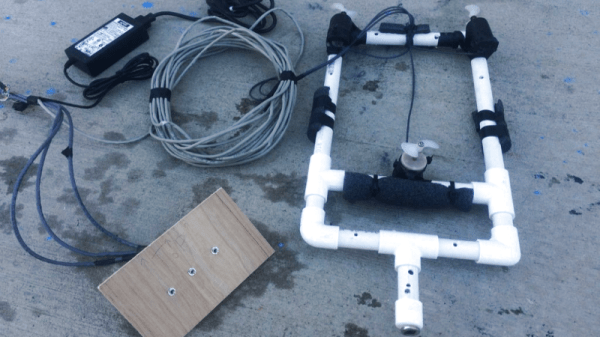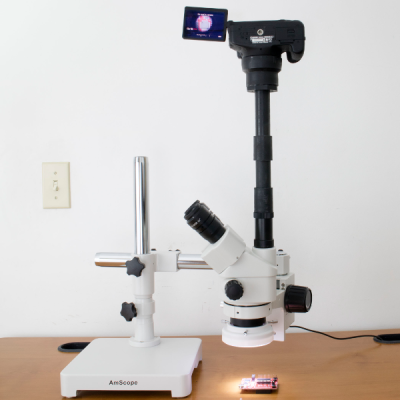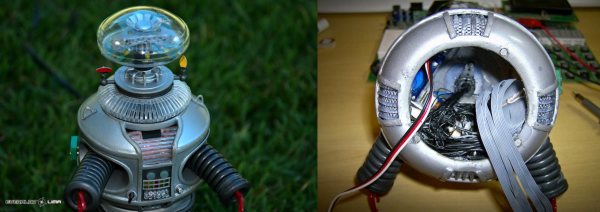When you are running a hackspace, network security presents a particular problem. All your users will expect a wireless network, but given the people your space will attract, some of them are inevitably going to be curious enough to push at its edges. Simply plugging in a home WiFi router isn’t going to cut it.
At Santa Barbara Hackerspace they use Unifi access points on their wireless network, and their guest network has a system of single-use codes to grant a user 24-hour access. The system has the ability to print a full sheet of codes that can be cut individually, but it’s inconvenient and messy. So the enterprising hackspace members have used a Raspberry Pi and a receipt printer to deliver a single code on-demand at the press of a button.
The hardware is simple enough, just a pull-up and a button to a GPIO on the Pi. Meanwhile the software side of the equation has a component on both client and server. At the server end is a Python script that accesses the Unifi MongoDB database and extracts a single code, while at the client end is another Python script that reacts to a button press by calling the server script and printing the result. It’s a simple arrangement that was put together in an evening, but it’s an effective solution to their one-time WiFi access needs.
It’s a temptation as a hackspace to view all of your problems as solvable in one go with the One Piece Of Software To Rule Them All, and as a result some spaces spend a lot of time trying to hack another space’s effort to fit their needs or even to write their own. But in reality it is the small things like this one that make things work for members, and in a hackspace that’s important.
Does your space have any quick and simple projects that have automated a hackspace process? Let us know in the comments.
Thanks [Swiss] for the tip.






 The virtues of PVC pipe are many and varied. It’s readily available in all manner of shapes and sizes, and there’s a wide variety of couplers, adapters, solvents and glues to go with it. Best of all, you can heat it to a point where it becomes soft and pliable, allowing one to get a custom fit where necessary. [Brian] demonstrates this in using a heat gun to warm up a reducer to friction fit the DSLR lens mount. Beyond that, the mount uses a pair of lenses sourced from jeweller’s loupes to bring the image into focus on the camera’s sensor, mounted tidily inside the PVC couplers.
The virtues of PVC pipe are many and varied. It’s readily available in all manner of shapes and sizes, and there’s a wide variety of couplers, adapters, solvents and glues to go with it. Best of all, you can heat it to a point where it becomes soft and pliable, allowing one to get a custom fit where necessary. [Brian] demonstrates this in using a heat gun to warm up a reducer to friction fit the DSLR lens mount. Beyond that, the mount uses a pair of lenses sourced from jeweller’s loupes to bring the image into focus on the camera’s sensor, mounted tidily inside the PVC couplers.
 Just a science curiosity, right? Maybe today, but not always. The story of these devices runs through World War II and is an object lesson in how new technology requires new ways of thinking about things.
Just a science curiosity, right? Maybe today, but not always. The story of these devices runs through World War II and is an object lesson in how new technology requires new ways of thinking about things.











